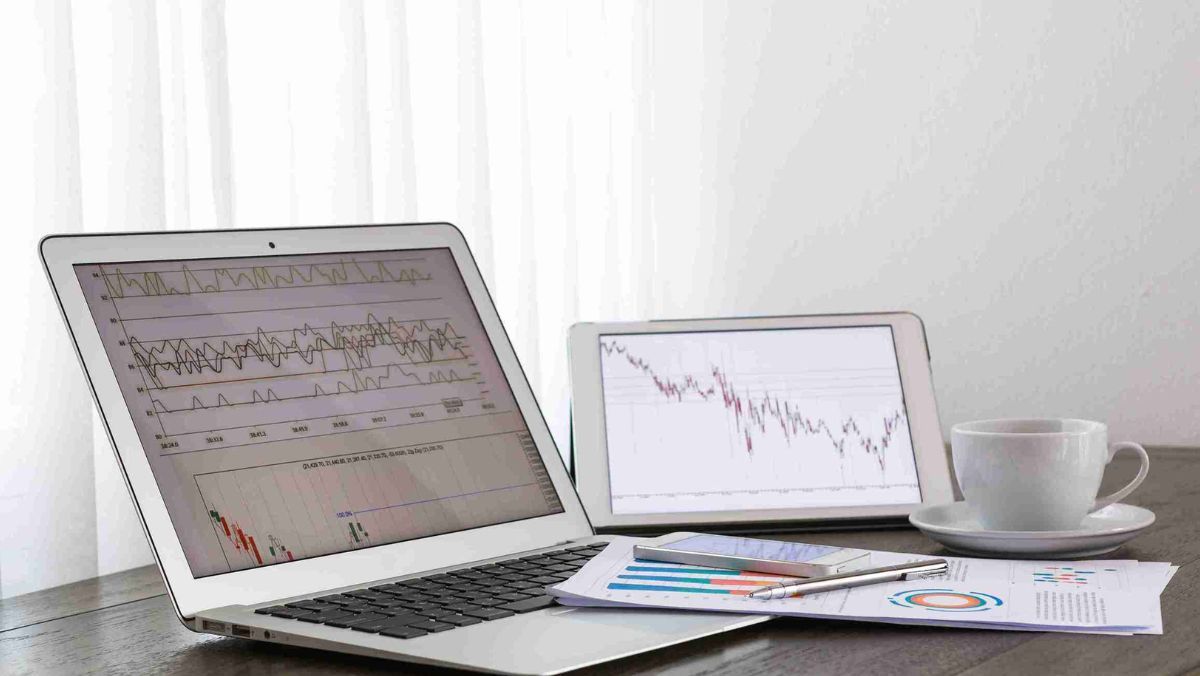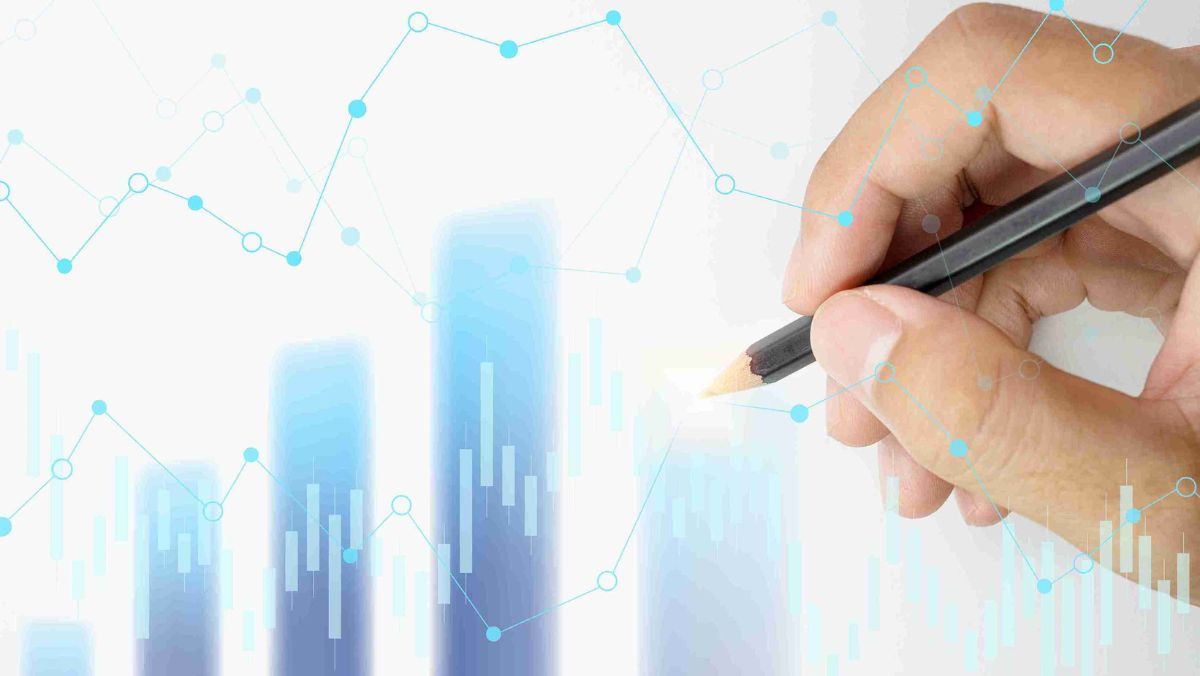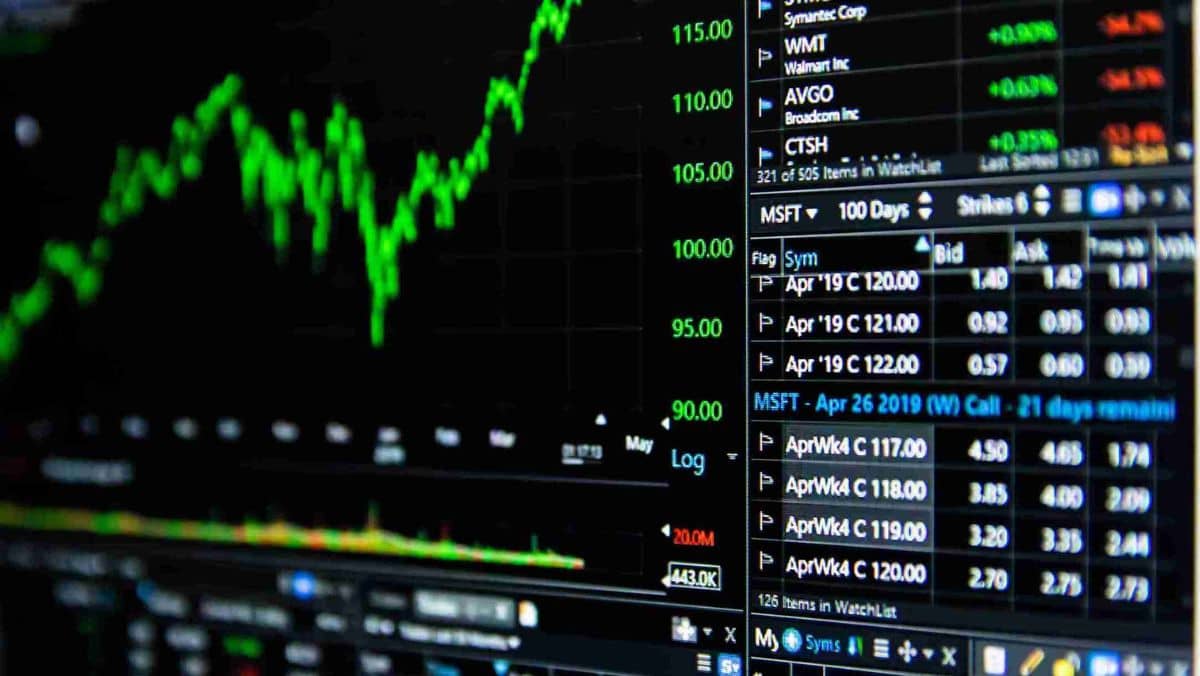Thursday Feb 15 2024 09:34

10 min

Many aspiring traders leap before they look - beginning to trade live without vigorously testing their strategy first. This impulsiveness can be costly.
Traders can uncover and correct hidden flaws by patiently backtesting their strategies on historical data before committing capital. Backtesting builds confidence in the plan and readiness to trade in different market environments.
This guide will explore how to use backtesting to trade smarter.
Using historical data on asset prices, volume, etc., backtesting provides statistics on a strategy's overall profitability and how it would have performed in different market conditions.
Backtesting is most commonly used by quantitative traders and analysts who employ complex statistical models. However, it can benefit any trader by allowing them to assess and refine a strategy before risking real money.
Backtesting is essential for developing an edge in financial markets for several reasons:
The market has a way of exposing any weaknesses in a strategy. A trading system that seems profitable in a demo account may start losing money in live trading. Backtesting reveals these potential flaws beforehand so they can be addressed.
Backtesting over many market cycles exposes risks such as overfitting past data, lack of diversification, excessive volatility, high drawdowns, and poor performance in specific market regimes. Strategies can then be refined to overcome these challenges.

After uncovering weaknesses, backtesting enables modifying and optimizing a strategy to improve performance.
Parameters like assets traded, holding periods, stop losses, leverage, and position sizing can be adjusted to find the ideal combinations. The strategy can also be stress-tested with extreme market events to assess robustness.
Expected Return can be maximized through an iterative process of backtesting variations while controlling for risk and drawdowns.
Thorough backtesting provides the confidence needed to stick to a strategy during inevitable periods of losses.
Backtesting helps quiet self-doubt when trades move against you by demonstrating a clear edge historically. It enables trading with discipline according to the numbers rather than making emotional decisions.
Seeing how a strategy performed through prior bull and bear cycles also builds confidence in its ability to be traded consistently over time.
Take a look at this article: How You Can Invest in Emerging Markets
While backtesting software and tools make it easier than ever to backtest, it still requires following a systematic methodology:
First, come up with a strategy idea or hypothesis that can be quantified into a logical set of rules and formulas. Strategies can target specific assets or markets, technical patterns or indicators, fundamental signals, statistical arbitrages, etc.
Make sure the strategy follows a well-defined process from beginning to end. The more discretionary adjustments are needed, the harder it will be to test objectively.
Next, gather historical data on the assets to be traded going back as far as possible. Typical data points include opening/closing prices, intraday highs/lows, trading volume, and fundamental data.
More data enables testing across a variety of market cycles. Ideally, collect data across decades and various regimes - bull and bear trends, periods of consolidation, recessions, etc.
Code the strategy into a backtesting platform. It forces you to specify the strategy logic precisely, standardizing the rules.
Put the entry rules, exit rules, position sizing, risk management, fees/slippage, and any other strategy specifications so they can be programmatically executed on historical data.

Run the backtest across all collected historical data. Most backtesting platforms quickly generate key performance metrics like net profit, return %, risk metrics, trade outcomes, and equity curves.
The platform replays how the strategy would have performed as if trading live during the historical periods.
Analyze the backtest report to evaluate the preliminary performance. Assess metrics like risk-adjusted returns, drawdowns, win rates, performance across cycles, etc.
If the results are unsatisfactory, refine the strategy and re-test. Adjust inputs like assets, holding periods, leverage, and stop losses. Continue iterating until optimal.
Strategy development is an ongoing process as market dynamics shift. Continue monitoring live performance and periodically backtesting new data.
Consider giving this a look: Best Strategies You Must Use for Trading in Commodities
Follow these tips to get the most value out of backtesting:
Quantify Rules: Make your system fully rules-based, removing any discretionary adjustments. Subjectivity introduces bias and reduces reproducibility.
Test Assumptions: Challenge any perceived edges or ideas you may have. Refrain from curve fitting the data by over-optimizing. Look for logic and theoretical basis.
Optimize Judiciously: Balance optimizing parameters to maximize returns versus overfitting the system. Use walk-forward analysis and robustness checks.
Evaluate Across Regimes: Test performance across bull markets, bear markets, flat periods, and high/low volatility regimes to ensure it works in different environments.
Account for Trading Costs: Build in commissions, spreads, slippage, etc., to reflect real-world costs. This gives a more accurate sense of viability.
Check Statistical Significance: Verify performance isn't just due to random chance. Look at t-stats, p-values, Monte Carlo simulations, etc.
Use Long Datasets: Backtest across decades, spanning different economic cycles and market conditions. Recent data can be misleading.
Paper Trade First: Paper trades the system in real-time before risking capital. This validates live performance characteristics.
Backtesting is an essential practice that all traders should embrace before risking real capital. As this article outlines, thoroughly backtesting a strategy provides invaluable insights into its expected performance, risks, and potential flaws.
The iterative process of optimizing the strategy through adjustments and robustness checks leads to improved returns. While careful backtesting requires diligence, it enables traders to trade smarter with the assurance that an approach has been rigorously proven.
The time invested will provide confidence in executing the plan and saving from costly, impulsive mistakes.
Learn and trade with markets.com: The ultimate trading community!
“When considering “CFDs” for trading and price predictions, remember that trading CFDs involves a significant risk and could result in capital loss. Past performance is not indicative of any future results. This information is provided for informative purposes only and should not be considered investment advice.”